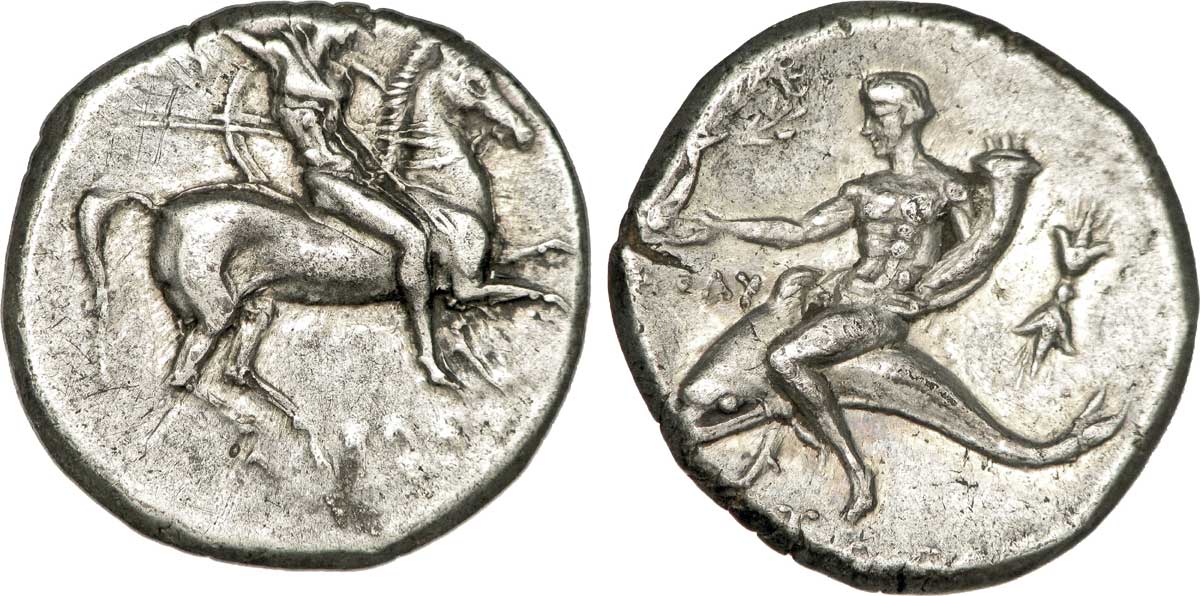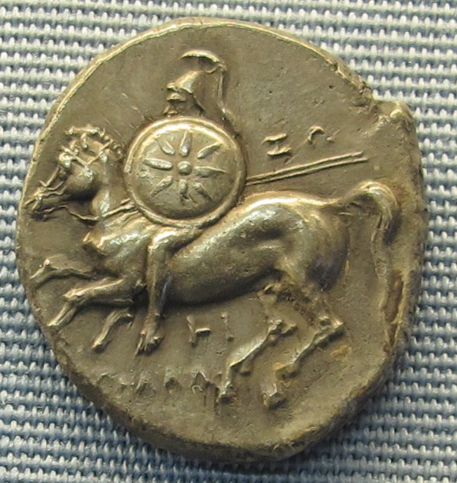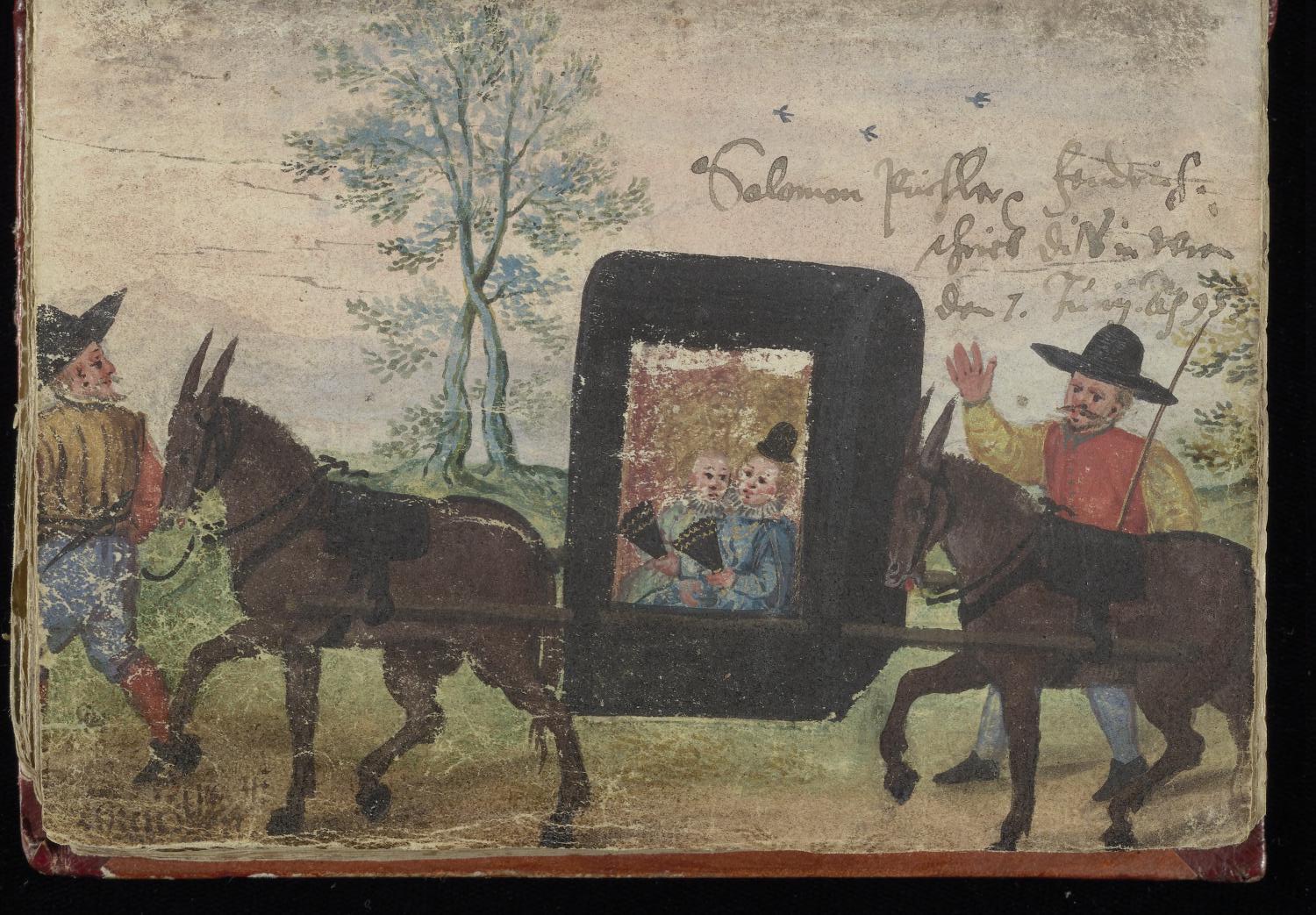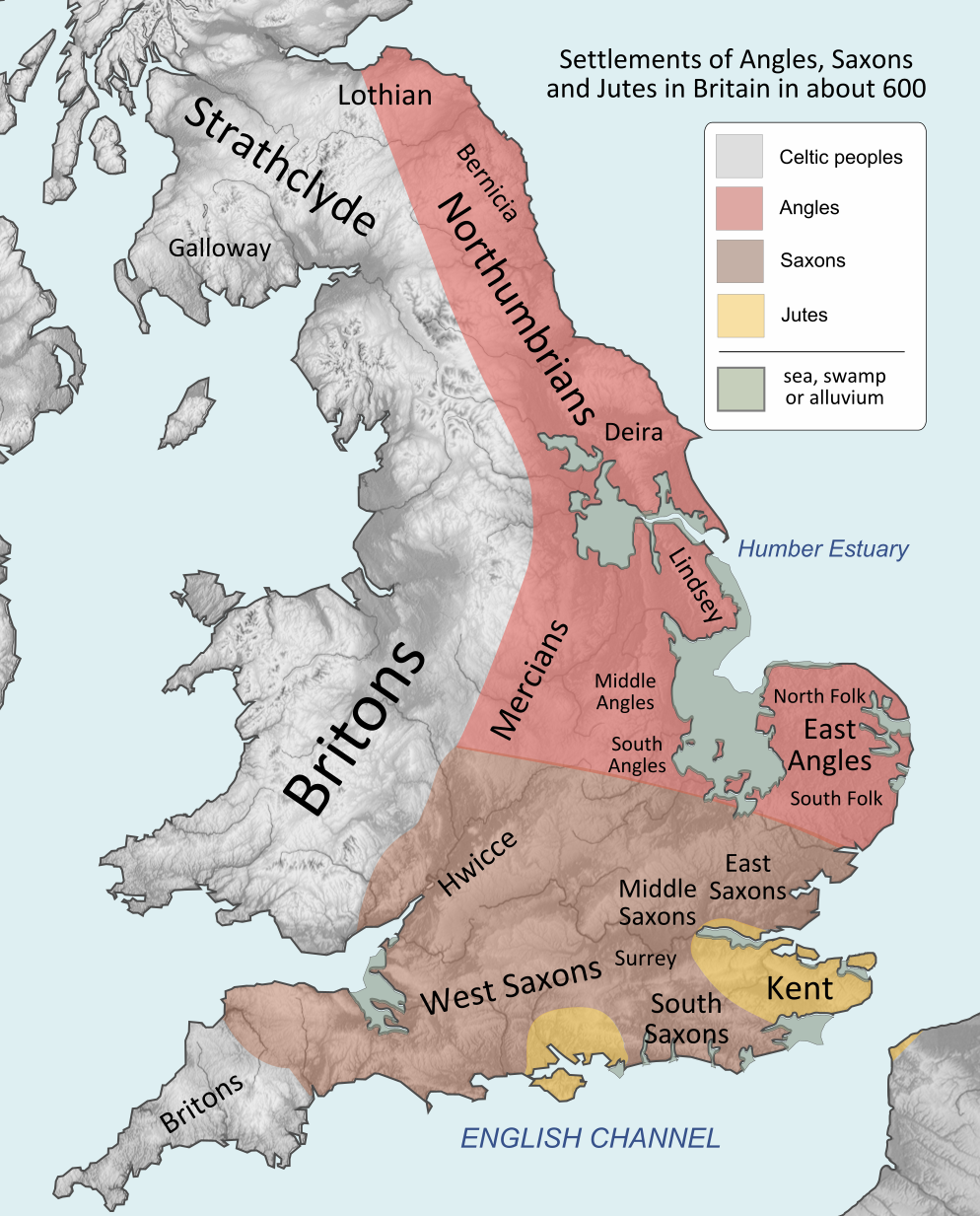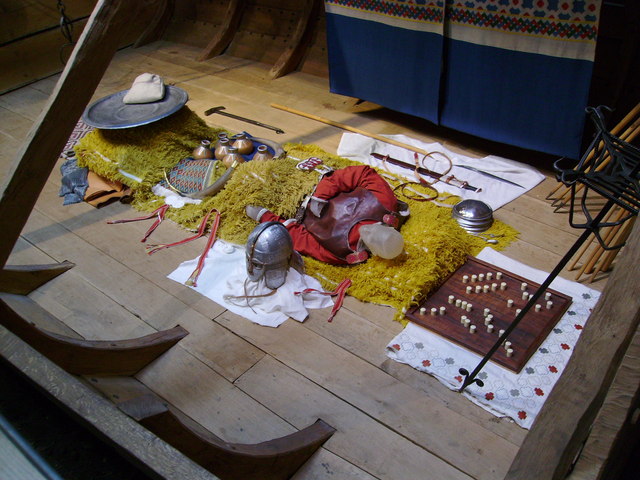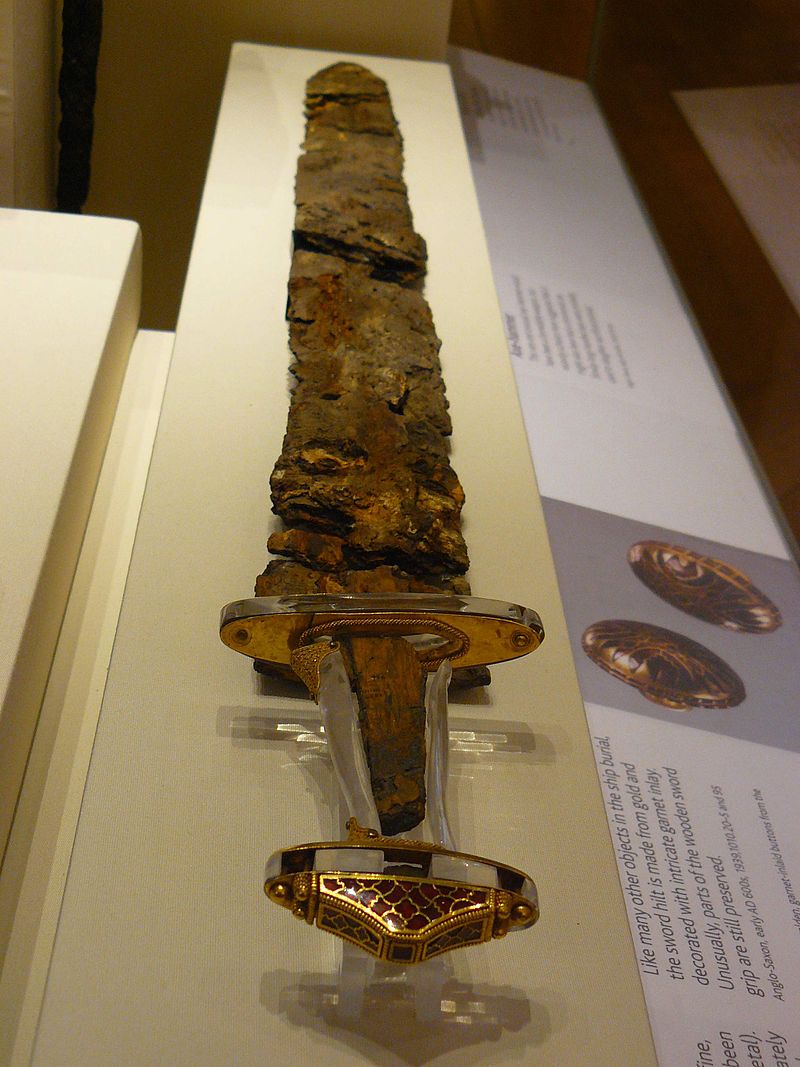Salvete Omnes,
ancient polis of Tarento - Greek colony known as Taras, and after the Roman conquest known asTarentum - was founded by the Spartans in what Greeks called Magna Graecia, or the Italian peninsula and islands adjacent to it. The city grew to become a huge (300,000 inhabitants) polis, and its mints produced some of the more appealing coinage when come to the coin equestrian (and dolphin) imagery of the ancient world.
The city and Apulia in general was somewhat a center of the equestrian culture, and it is said that under Archytas, who was a mathematician and political leader, reached its apex as per hegemony over Magna Graecia. Unfortunately the coming of Rome, the unsuccessful alliances, first with Pyrrus king of Epirus(the Pyrric War and the sack of Taras)
and 60 year later with Hannibal (209BC destruction ) during the 2nd Punic War
spelled their eclipse from a power a cultural center to a Roman provincial municipium.
Osprey Miltiary Publishing has a book on the so called Tarentine horsemen of Magna Graecia, and perhaps one day I wlll address the horse aspects of that book.
From Wiki Common come these photos of some of their coins -
military
and more civilian
Valete
